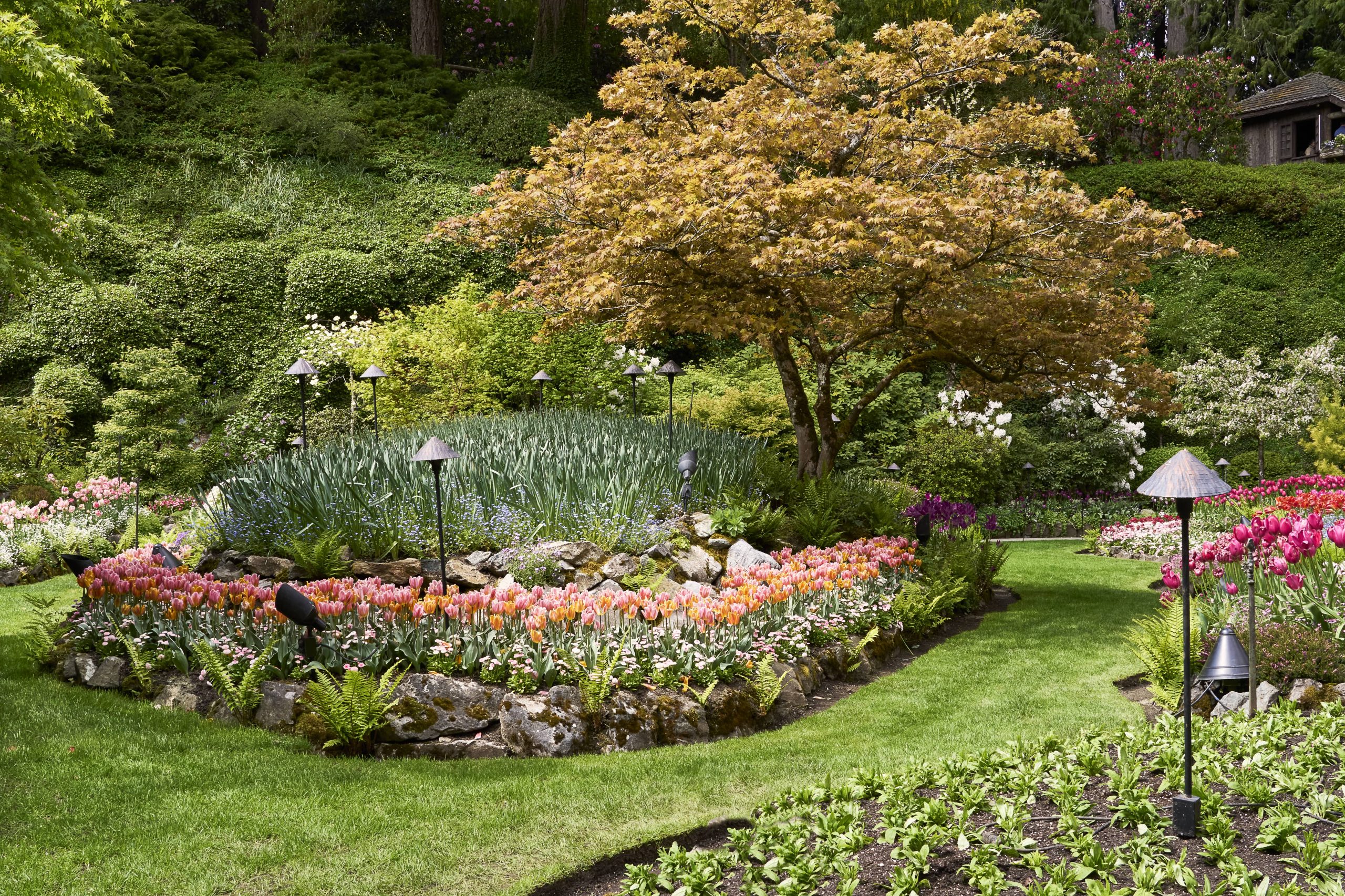
Embarking on the journey of establishing a new lawn presents homeowners with a pivotal decision: Should you use seed or opt for sod? It’s a choice that can significantly influence the appearance, health, and maintenance of your yard. Both methods have their merits and drawbacks, and understanding them is essential to making an informed decision that suits your climate, budget, and lawn goals. In this post, we’ll dive into the pros and cons of each method to help guide you towards making an educated choice for your garden sanctuary.
Understanding Seed
Choosing to plant grass seed is a classic method and perhaps the one many gardeners are more familiar with. When equipping yourself with patience and time, seeding can nonetheless be a rewarding option.
Advantages of Seeding
1. Cost-Effective: One of the most enticing reasons for choosing seed over sod is the cost. Purchasing grass seed is significantly cheaper than buying pre-grown sod, which includes the labor costs of professional farm production.
2. Variety and Adaptation: Seeding offers an unparalleled variety of grass species. You can select a type that is perfectly suited to your climate, soil conditions, and the amount of sunlight your lawn receives. Moreover, grass grown from seed often adapts better to the existing soil conditions.
3. Larger Spaces: If you have a substantial area to cover, seeding is practically the better choice. It is more manageable and costs less than laying down sod for expansive lawns.
4. Root Strength: When germinated and established in native soil, grass roots from seeds often grow deeper, making the lawn potentially more resilient in the long term, especially in drought-prone areas.
Challenges of Seeding
1. Time-Consuming: Growing a lawn from seed requires patience. Depending on the type of grass, it might take weeks or months for the lawn to be fully established.
2. Initial Care: Seeded lawns require significant initial attention, including consistent watering and protection from foot traffic and potential erosion. Young seedlings are particularly vulnerable to being washed away before they root.
3. Seasonal Limitations: The timing for planting varies depending on the grass variety but is generally in the early fall or spring for cool-season grasses. Improper timing can lead to poor germination and patchy lawns.
Understanding Sod
Sod, or turf, is pre-grown grass with a layer of soil beneath it, held together by roots or other materials. It offers instant gratification but comes at a higher initial expense.
Advantages of Sodding
1. Instant Lawn: One of the most significant perks of sod is that it provides an instant lawn. Within days, your grass can look lush and fully established, which is ideal for those seeking immediate results.
2. Erosion Control: If you’re dealing with a lawn on a slope or an area that is prone to erosion, sod is an excellent solution. It holds the soil in place effectively as the grass roots extend and strengthen.
3. Year-Round Installation: Unlike seeding, sod can generally be installed at almost any time of the year, except when the ground is frozen, providing greater flexibility.
4. Less Initial Care: Once sod takes root, it requires less initial care than seed. There’s no need to worry about birds eating your seeds or wind carrying them away.
Challenges of Sodding
1. Cost: The most significant downside is the cost. Sod is expensive due to the labor that goes into it before it reaches your lawn.
2. Limited Choices: In contrast to seeding, you might find a limited selection of species and varieties when selecting sod. The grass type may not be as perfectly suited to your specific environmental conditions as a carefully chosen blend of seeds.
3. Root Development: Sod needs careful installation to ensure that the roots take properly. Improper installation can lead to shallow rooting, which can affect the health and durability of the lawn.
4. Transportation and Labor: Sod is heavy and requires substantial effort and expertise to lay down correctly, especially over large areas, which might necessitate hiring professional help or renting equipment.
Making the Decision
When deciding between seed and sod for a new lawn, consider the essential factors: your budget, timeline, lawn size, and long-term expectations. If cost efficiency and selection variety are your top priorities, and you’re prepared for the extra care it requires, seeding might be your optimal path. On the other hand, if immediate results and minimal initial maintenance are more appealing, sod could be the way to go.
Whether you choose seed or sod, remember that both methods require correct preparation and maintenance to keep your lawn healthy and vibrant. Proper soil preparation, watering, and ongoing care are vital regardless of your choice. By weighing the pros and cons thoughtfully and aligning them with your personal garden goals, you’ll create an outdoor space that not only enhances your home’s beauty but also invites a sense of pride and well-being.
Your lawn is more than grass; it’s the canvas of your garden where scenes of life unfold. With the right choice, you can nurture a green space that offers joy and tranquility for years to come.







